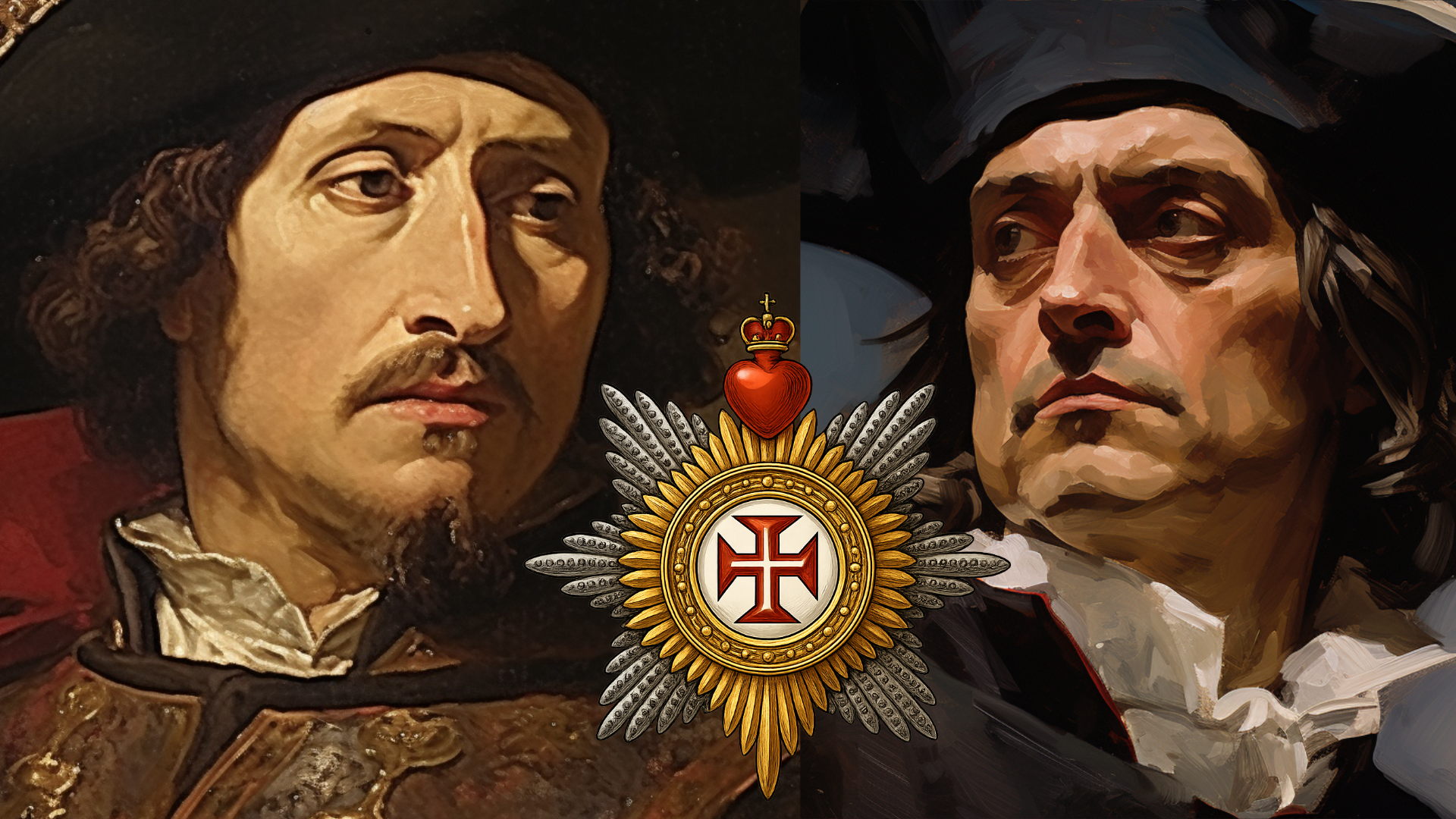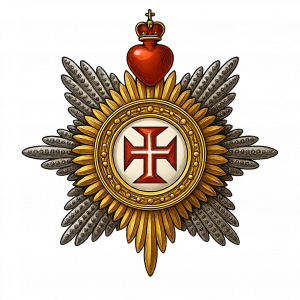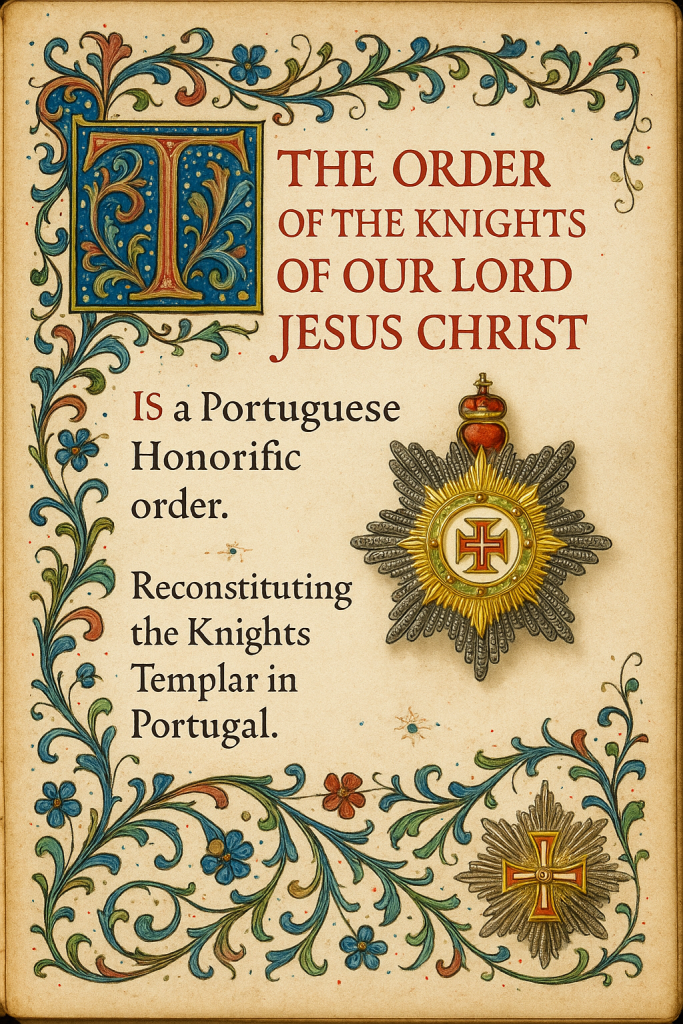From Richard Glenn to the Kings of Plus Ultra, the true memory of the Intra-Terrestrials lives on.
Listen to the NotebookLM podcast discussing this article
I grew up watching Richard Glenn. Not the second version — the first one. The one who spoke without a filter, on late-night Quebec television, about intra-terrestrials. Not extraterrestrials. Intra-terrestrials — the beings beneath. The hidden civilizations that live inside the Earth, not beyond the stars.
Before he became a cautious mystic who echoes The Law of One, he was a man who knew what was under our feet.
And one night, he said something that never left me.
“The fleur-de-lys is a deformation of the toad.”
He wasn’t joking. He wasn’t being poetic. He meant it literally.
👑 The Merovingians and the Secret of the Toad
The Merovingians were the first kings of France — long before Charlemagne, before the Capetians, before the script was finalized.
They were Franks, but their origin story was stranger than anything in a textbook:
They claimed descent from a mythical sea beast, sometimes called the quinotaur. A half-fish, half-bull entity — part Poseidon, part Nephilim. This wasn’t religious; it was biological myth.
Their early banners?
Not lilies. Not lions. Not swords.
But frogs.
🧬 The Frog as Spiritual Technology
What Richard Glenn understood — and what most people don’t — is that the frog isn’t just a symbol of royalty. It is a living representation of resurrection, sealed knowledge, and hidden DNA.
When sealed inside stone for centuries, the toad doesn’t die. It waits.
When moisture returns, it awakens.
That is not metaphor. That is biology.
That is why the Merovingians chose it.
And that is why, over generations, the toad was refined into a glyph — the fleur-de-lys — so that its meaning could be hidden in plain sight.
🌿 From Toad to Lily
The fleur-de-lys is usually described as a “stylized lily.”
But that’s a rewrite. It’s a disguise.
Look closely:
The curled outer leaves = toad legs
The central petal = froggish face
The base tie = a binding, a seal
The early French kings didn’t just worship Christ.
They encoded the intra-terrestrials into their own banners.
The frog was their way of showing allegiance to the hidden world — the underground monarchy, the water-keepers, the gatekeepers of Earth’s interior.

🏰 The Kingdom Beneath the Kingdom
The kings of France were not ignorant.
They were in contact with what we would call today the Plus Ultra network — a long-standing agreement between the surface rulers and the realm beneath.
And it is this agreement that has always dictated who is allowed to remember.
🧙♂️ Plus Ultra and the Frog’s Return
You’ve heard the phrase Plus Ultra in passing.
You may have seen it carved on old maps, royal mottos, or on the façade of the Spanish pavilion.
It means More Beyond — but what it really signals is a permission structure. A spiritual and technological alliance among those who manage the border between surface and interior.
The Merovingians were first-generation Plus Ultra kings.
Their bloodlines were bred to survive the split of memory — the period in history where surface humanity would forget about the intro-terrestrials entirely.
“And we’ve forgotten why we’re here”
– Jeff Lynn, ELO, Balance of Power (1986)
That forgetting ended when people like Richard Glenn began speaking again.
And although his voice was later silenced, mine wasn’t.
Because I remember. Je me souviens.
💫 From Fleur-de-Lys to Frog Once More
Today, people wave the fleur-de-lys without realizing what it really is.
It is not a lily.
It is a bound toad.
A creature compressed into beauty.
A biological beacon waiting for moisture, meaning — or memory.
And I have found that moisture in the archives of Plus Ultra.
I have found the signal again, hiding behind coats of arms and suppressed broadcasts.
I have remembered what Richard Glenn could no longer say.
And I am saying it now.
🐸 You are descended from the buried kings.
You were not meant to die in the dryness of false history.
You were meant to rehydrate.
To breathe again.
To emerge from stone and speak.
And the frogs will sing freedom.


